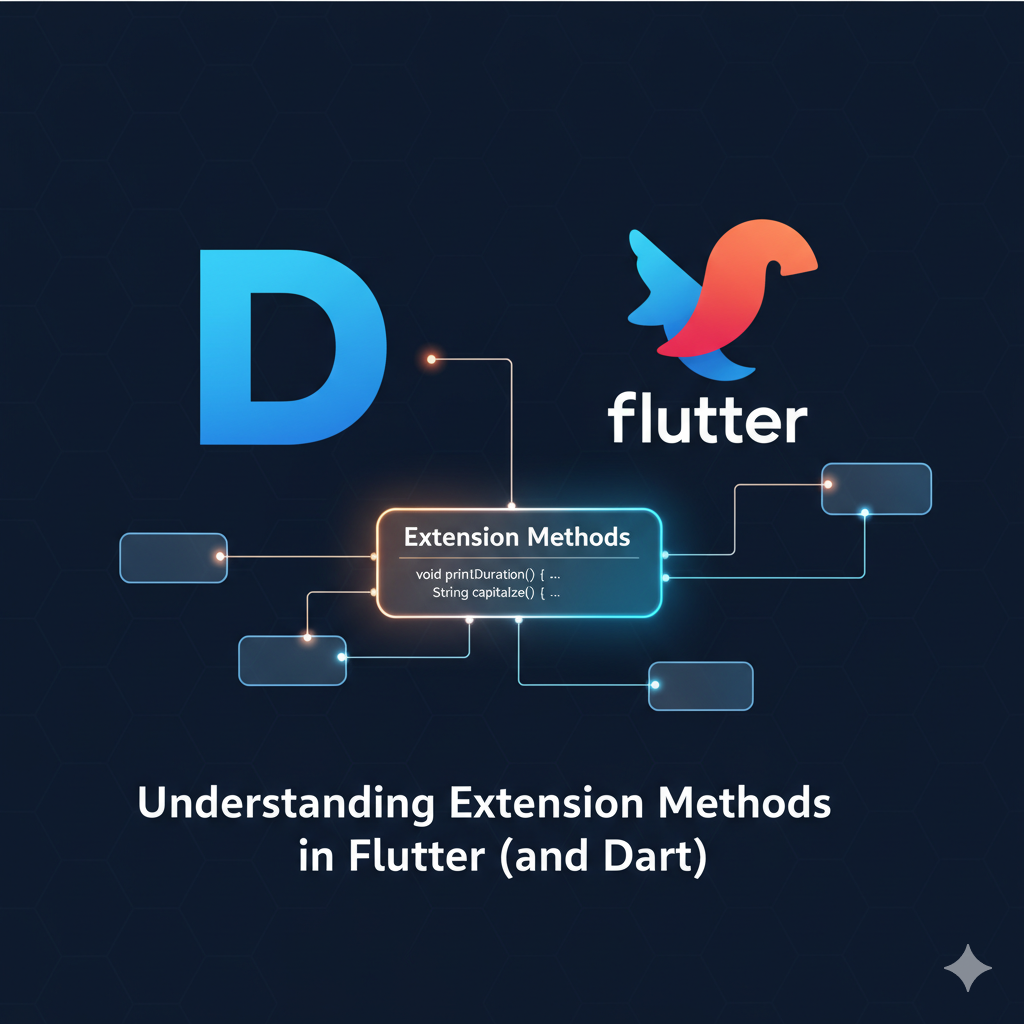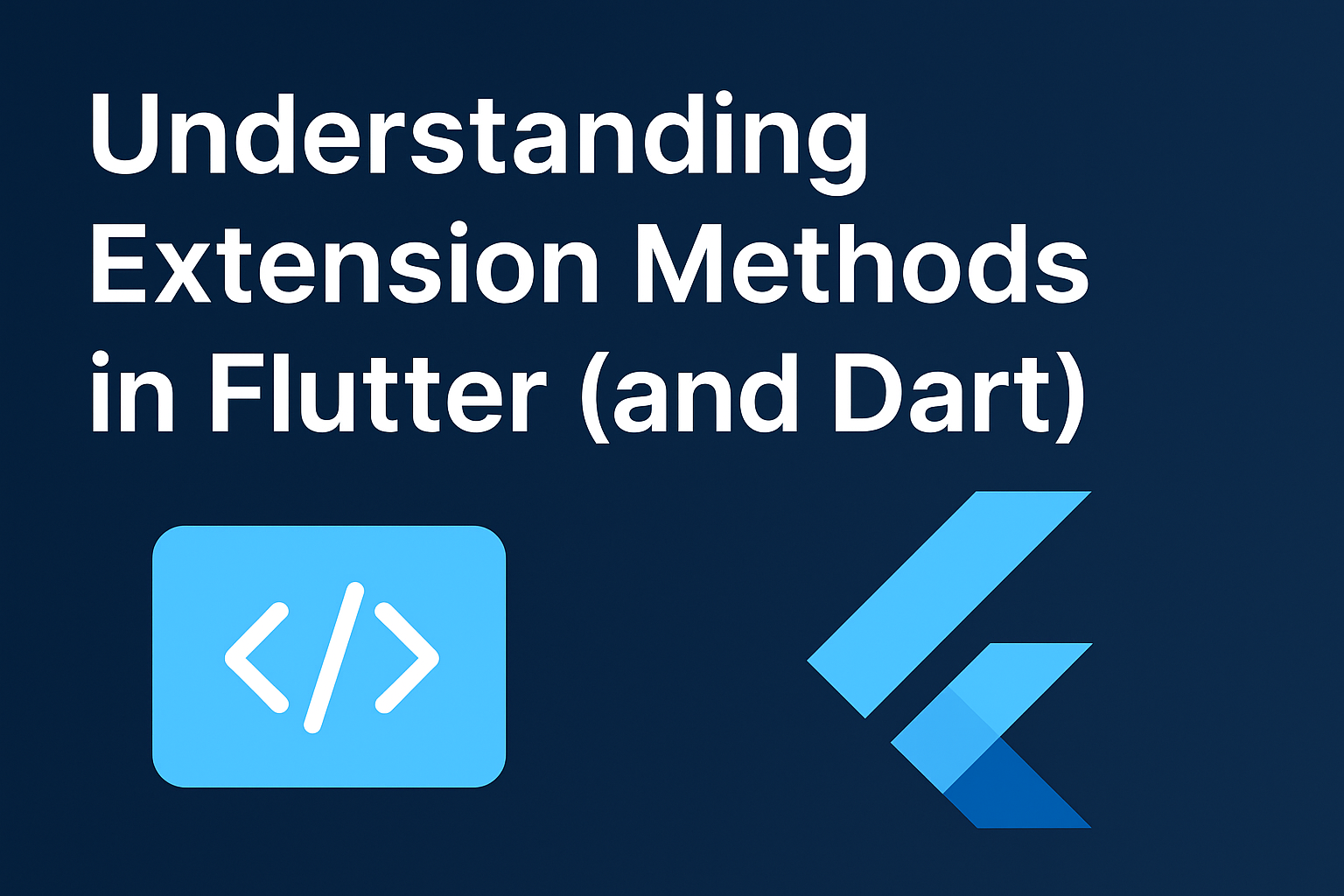When developing with Flutter, you often want to add custom functionality to existing classes without modifying their source code. This is where extension methods come in. Introduced in Dart 2.7, extensions let you enhance any type with new methods, getters, or setters while keeping your code organized and expressive.
What Are Extension Methods?
An extension method is a way to “extend” existing classes with additional functionality. Unlike subclassing or using utility functions, extensions allow you to call the new functionality as if it were part of the original class.
For example:
</p>
<p data-start="694" data-end="706">extension StringExtensions on String {
bool get isValidEmail {
return contains('@') && contains('.');
}
}</p>
<p data-start="694" data-end="706">
Now you can use:
void main() {
String email = "[email protected]";
print(email.isValidEmail); // true
}
Why Use Extension Methods?
-
Readability
Code looks more natural compared to using helper functions. For example,email.isValidEmailis easier to read thanisValidEmail(email). -
Organization
Extensions group related functionality together. This makes the codebase easier to maintain. -
Non-Intrusive
You don’t need to modify or subclass existing classes, which is useful when working with third-party libraries or core Flutter classes.

Common Use Cases in Flutter
-
String Manipulation
Extensions help you add reusable string utilities.
extension CapitalizeExtension on String {
String get capitalize =>
isEmpty ? this : '${this[0].toUpperCase()}${substring(1)}';
}
2. Widget Helpers
Flutter widgets often need repetitive modifications. Extensions simplify this.
extension PaddingExtension on Widget {
Widget withPadding([EdgeInsets padding = const EdgeInsets.all(8)]) {
return Padding(padding: padding, child: this);
}
}
Usage:
Text("Hello").withPadding();
3.Number Utilities
Add functionality to numbers for formatting or calculations.
extension NumExtensions on num {
String toCurrency() => "\$${toStringAsFixed(2)}";
}
Best Practices
-
Keep Extensions Focused
Each extension should serve a clear, specific purpose. -
Avoid Name Conflicts
Since extensions are globally available, use descriptive names for your extensions to prevent conflicts. -
Use Them for Readability, Not Complexity
Extensions should simplify code, not hide complex logic that may confuse other developers.
Conclusion
Extension methods in Flutter are a powerful tool to make your code more expressive and maintainable. Whether you are enhancing core Dart types or creating reusable widget helpers, extensions help keep your Flutter code clean and developer-friendly.

